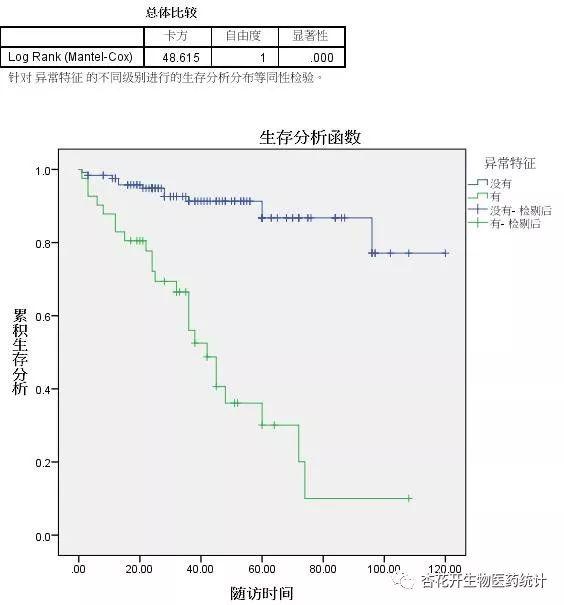

Human coronaviruses generally cause the common cold, a mild upper respiratory illness. These results suggest that this series of compounds has the potential to be developed further as antiviral drugs against human coronaviruses.Ĭoronaviruses are a large group of viruses that can cause a wide variety of diseases in humans and animals ( 1).

In a mouse model of MERS-CoV infection, administration of a lead compound 1 day after virus infection increased survival from 0 to 100% and reduced lung viral titers and lung histopathology. Two selected compounds showed antiviral effects against SARS-CoV-2 in cultured primary human airway epithelial cells. The optimized compounds were effective against several human coronaviruses including MERS-CoV, SARS-CoV, and SARS-CoV-2 in an enzyme assay and in cell-based assays using Huh-7 and Vero E6 cell lines. We describe herein the structure-guided optimization of a series of inhibitors of the coronavirus 3C-like protease (3CLpro), an enzyme essential for viral replication. Pathogenic coronaviruses are a major threat to global public health, as exemplified by severe acute respiratory syndrome coronavirus (SARS-CoV), Middle East respiratory syndrome coronavirus (MERS-CoV), and the newly emerged SARS-CoV-2, the causative agent of coronavirus disease 2019 (COVID-19).


 0 kommentar(er)
0 kommentar(er)
